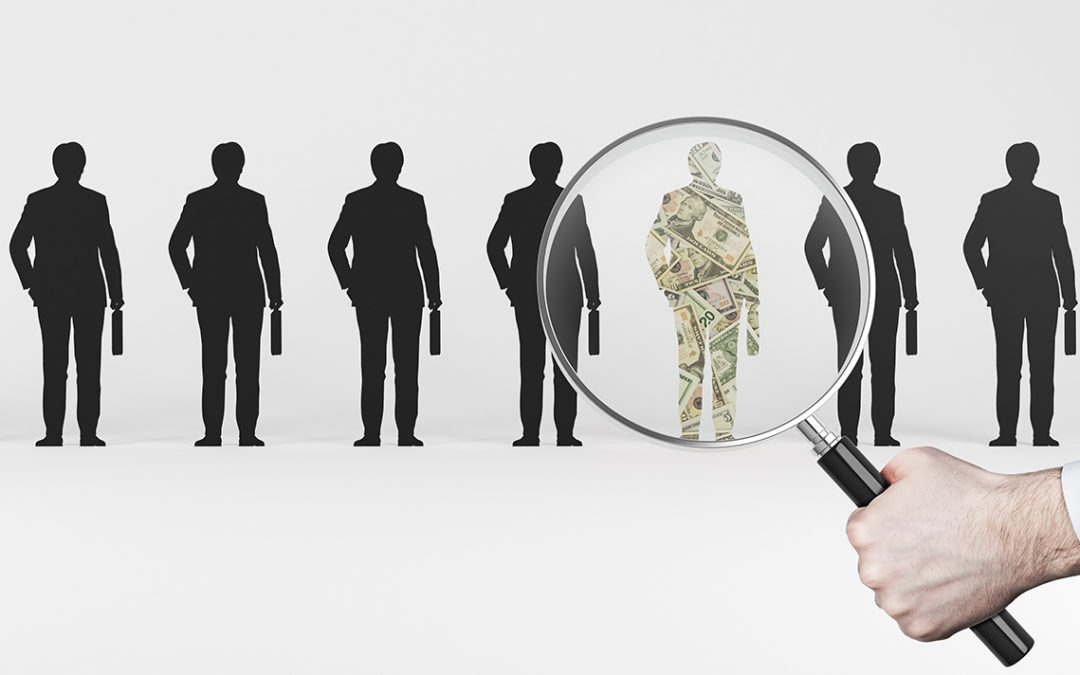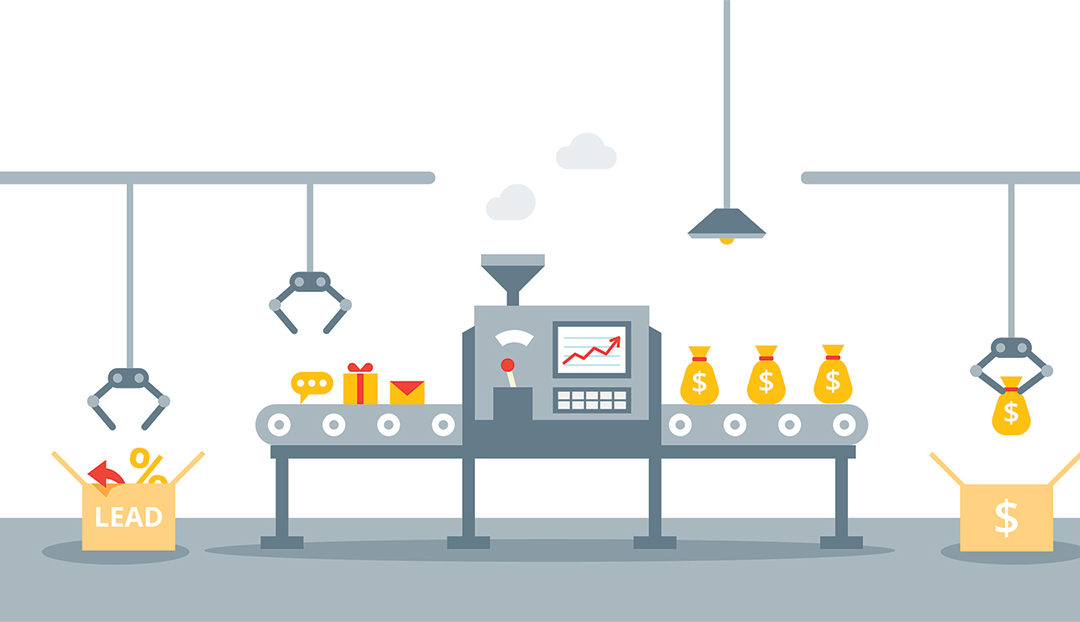
The 7 Lenses to Look Through When Creating Your Customer Profile
Regardless of what type of business you’re in, having a customer profile identified early on is the single most important element you need to properly market your product or service. A marketing campaign without a customer profile is arbitrary in nature. It’s essentially taking a giant (and expensive) wild guess. In order to effectively advertise, you need to know exactly who your audience is.
When you have a clear and definitive understanding of just who your audience is, it will make a world of difference. You will be able to effectively target the right people to see your ads so that more sales are made and your business can grow.
In order to determine who your audience is, we’re going to discuss the 7 lenses to look through when creating your customer profile. We are breaking these down into two groups:
A.) The Customers
B.) The Product or Offering
The Customers: Demographics and Psychographics
1. Who They Are
The first step to creating your customer profile is to figure out the demographics of your audience. This is one of the easiest ways to hone in on what your audience looks like. You can start by asking yourself questions like “Where does my target customer live?” “How old are my customers?” “Are they primarily male or female?” “Do they own their home or rent?” “What is their annual household income?”
By asking these questions and narrowing in on what your target customer looks like, you will be able to easily refine your customer profile.
2. What They Love/What They Hate
When determining who your audience is, it’s important to ask yourself “What does my ideal customer love?” Along with figuring out what they love, you’ll also want to ask “What does my ideal customer hate?”
For example: Let’s say a tattoo removal company is looking to advertise on Facebook. They need to consider what their audience loves and hates.
They most likely love:
- To show off new tattoos
- When people say “what is that tattoo?”
- Being a part of a normalized subculture
- Creativity and self-expression
They most likely hate:
- Ugly tattoos from 1979
- Their ex’s name on their arm
- Faded, cheap looking tattoos
By getting inside the mind of your audience and figuring out what they love versus what they hate, you will be able to come up with brilliant and effective ad copy for future advertising campaigns.
3. Before State/After State
The next thing you’ll want to think about in terms of your audience is what their state of being is before using your product and what their state of being is after using your product. This helps you hone in on why your product or service will benefit them and help solve their problems. You can think of this in terms of pain versus pleasure or anxiety versus ease.
Let’s use a lead generation client as an example for this one.
So, their before state would look something like this:
- They’re in a constant anxiety, wondering where your next sale is coming from
- They don’t have enough money at the end of the month to pay the bills
- Their wife is supportive, but she’s starting to resent the late nights and cheap dates
And their after state would look something like this:
- They don’t worry, they just get up in the morning and do what they want to do
- They don’t have to check their bank account balance anymore
- They take their wife on the vacations that she deserves
Can you see the distinction? By digging deep and understanding what the before and after state of your customers will be both before and after they use your product can help you become a better advertiser.
4. The 5 Whys
The next lens we’re going to look through to determine your customer profile is the lens of 5 Whys. It starts by you asking yourself “Why do they want (or need) your product? Then it is followed by asking “Why do they need that?”
This step is basically giving yourself permission to act like an annoying 4-year-old who asks the “Why” question for literally everything. If you can answer the question of why someone needs your product, then you can continue going down the rabbit hole of asking “Why?” 4 more times to get to the good stuff.
Not sure what I mean? Here’s an example:
Let’s say you own a lawn care service. You start by asking the initial question of “What do they want (or need)?” Well, that’s easy. They want their lawn mowed. The follow-up question to ask is “WHY do they want their lawn mowed?” Then you can answer that with a little extra thought. They want their lawn mowed because they don’t want to do it themselves.
“Why?” Because they want the spare time.
“Why?” Because they want to feel like they earn enough money to have people do things for them.
“Why?” Because paying people to do things for them makes them feel good about themselves.
And finally, the fifth question…
“Why?” Because they want to see themselves as successful and having “arrived.”
The Product or Offering
We’ve covered the lenses about your audience. To continue to determine your customer profile, now we’re going to look through the lenses that are about the product or the offering.
5. Features
So now that we know more about what our audience looks like from asking important questions about who they are, what they love/hate, what their before and after state is, and the 5 whys, we can dive into the product itself. First and foremost, let’s discuss the product features.
The features are about describing what it is you are selling. You have to ask yourself “What is the product?” This is literally all about what the product is and what it does.
Your product could be a coffee maker. Going a little deeper, the features of your product could be that it’s a coffee maker with a stainless steel carafe and 3 different settings for making coffee.
Again, this is just talking about the physical features of your product (or service). This is different from what comes next.
6. Benefits
A very important thing to understand is that determining the benefits is different from describing the features of a product or service. Features are describing the “thing”, while benefits describe what makes the “thing” great and useful. What does the “thing” do for you? The benefits are all about what the product or service does to make the users lives better.
Let’s use the same examples given in the previous section. If what you’re selling is a stainless steel coffee maker with 3 different settings for making coffee, then the benefits could be:
- Time and energy efficient
- Gives you the boost you need to get through the day
- Affordability
- Sustainability/Eco-friendly
7. Unique Points of Differentiation
Finally, the last lens to look through when defining your customer profile is the the unique points of differentiation. These points are determined by asking yourself “How is this product or service notably different from other things that are like it?”
To figure this out, you’ll want to pinpoint your core strengths and capitalize on them. Figure out what makes you different from everyone else in your industry and use it to your advantage. Perhaps your business is better at storytelling. Or maybe you appeal to peoples’ benevolence because you’re a nonprofit that is solving the poverty problem in developing countries. Whatever your unique points of differentiation are, be sure to highlight them.
So now it’s time to get into the mind of your customer. Once you are able to answer all of the questions from these 7 lenses, you will have some really great material for creating highly effective ad copy and creative that will convert into sales.


